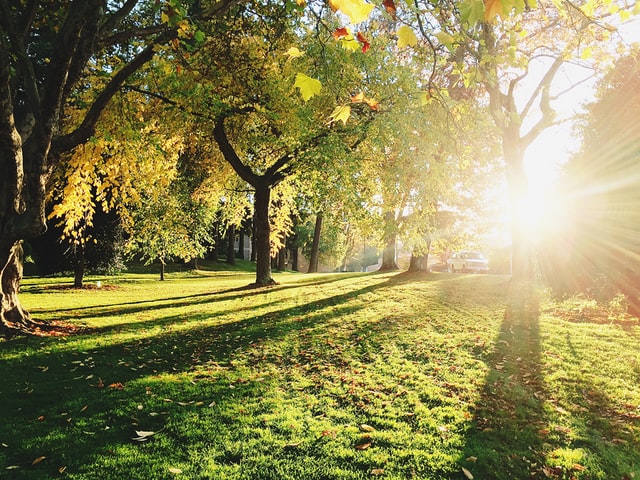
27 May Everything You Need To Know About Tree Inventory
If you want to establish an effective foundation for urban forest management, you need to conduct an inspection. Inspecting and keeping track of plants in a community is called tree inventory. It provides comprehensive information on the health of plants, species, size, and where they are located.
The information collected is used to produce reports that aid urban foresters in strategically planning for development, maintenance, and management. This information is used to educate populations about the urban forest and keep it safe. Data from inventory helps to identify the diversity and distribution of species, canopy cover percentage, and size distribution, among other things.
How to Categorize Tree Inventory
There are various types of surveys based on the class available in the urban forest. Some inventories document only a sample of plants whereby they can be deduced to signify the whole urban forest. Other inventories record hazardous or diseased items only. The most common tree inventory is the one documenting every item available in the urban forest.
You may be wondering how these are taken. Most of them rely on aerial photography to conduct inspections. Some use GIS to record the type of cover. Besides, residents and non-profit organizations can be mobilized to participate in the progress of tree inventories.
Reasons for Completing a Survey
There are many reasons to perform a tree inventory in the community. However, it requires an expert to determine whether a survey is necessary in the area. The professional also helps determine whether there are local regulations to comply with. In many instances, a survey is essential to bring the entire project in accordance with the ordinances of a municipal or county.
A tree inventory is necessary if:
- You have a project in a forested area, or your surrounding corridor has protection from the local unit of the government.
- Some regulations specify that removing items calls for a woodland re-establishment plan.
- There are plants with diseases (Like Emerald Ash Borer disease). In this case, they should be identified and removed as they jeopardize the safety of the surrounding plants and the public.
- There is a need for the collection of baseline data to facilitate habitat restoration.
- You want to record and plan the plants on the property.
When is the Best Time to Conduct a Survey?

Different species are grouped and identified by their leaves, barks, buds, and twigs. Therefore, a tree inventory is performed at any time of the year. The plants are measured at breast height with a diameter tape and tracked using GPS technology or the available survey equipment. After identifying the location of the plants, the professionals generate a map for you indicating the species, location, and size of individual growths in the area.
Importance of Tree Inventory
- A survey is essential as it helps communicate the significance of a strong urban forestry program.
- Also, a survey aids in creating management and plan recommendations.
- A survey helps the community to recognize the distribution of species in the municipal forest.
- Tree inventory determined the general state of plants.
- When performing a survey, you can identify free spaces for planting new plants.
- It also helps to calculate the dollar worth and benefits of the municipal forest.
- Lastly, a tree inventory is used as the basis for a management program.
Conclusion
Every town contains plants that are mostly unaccounted for. To help manage these in the municipal, conducting a tree inventory is essential. You can successfully conduct a survey to determine the species, age, size, and state of the plants in an area.

Sorry, the comment form is closed at this time.